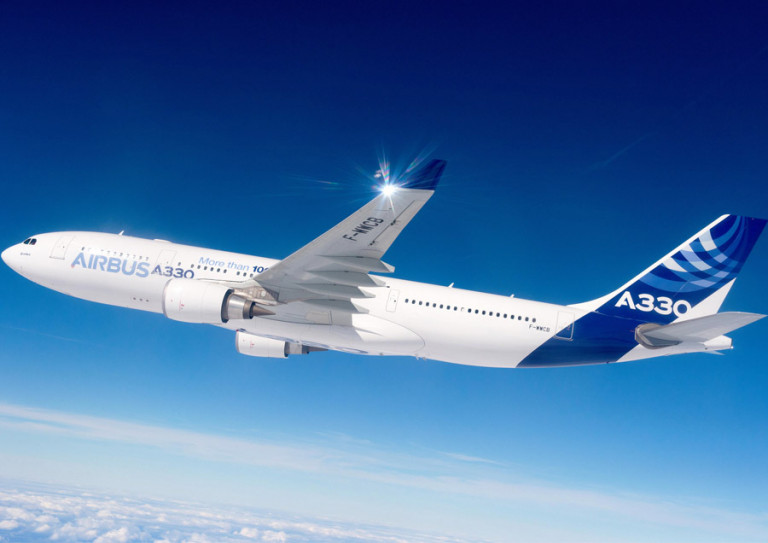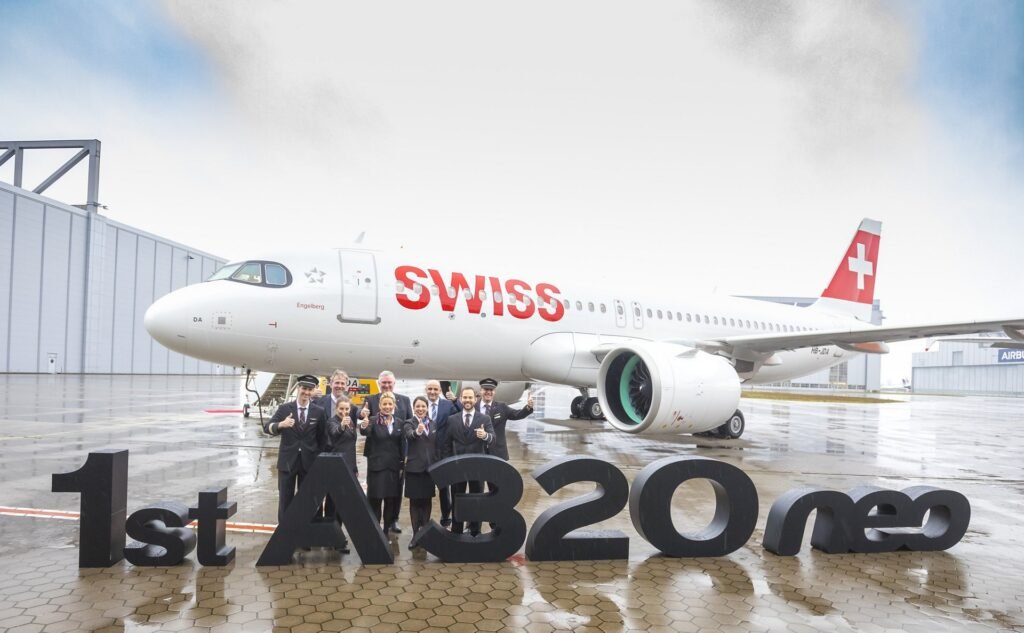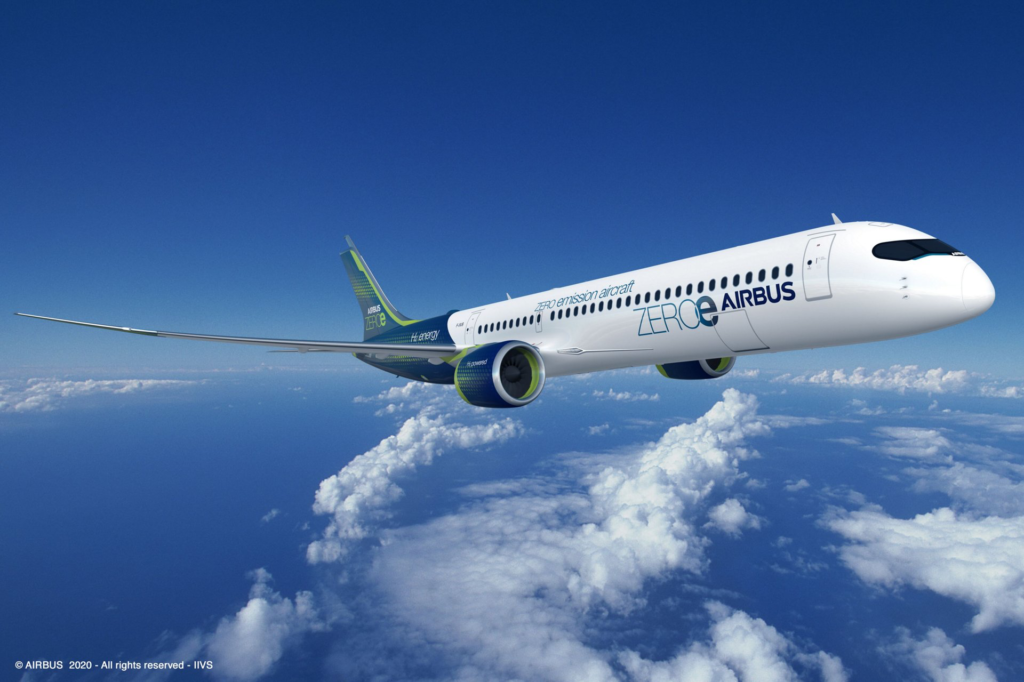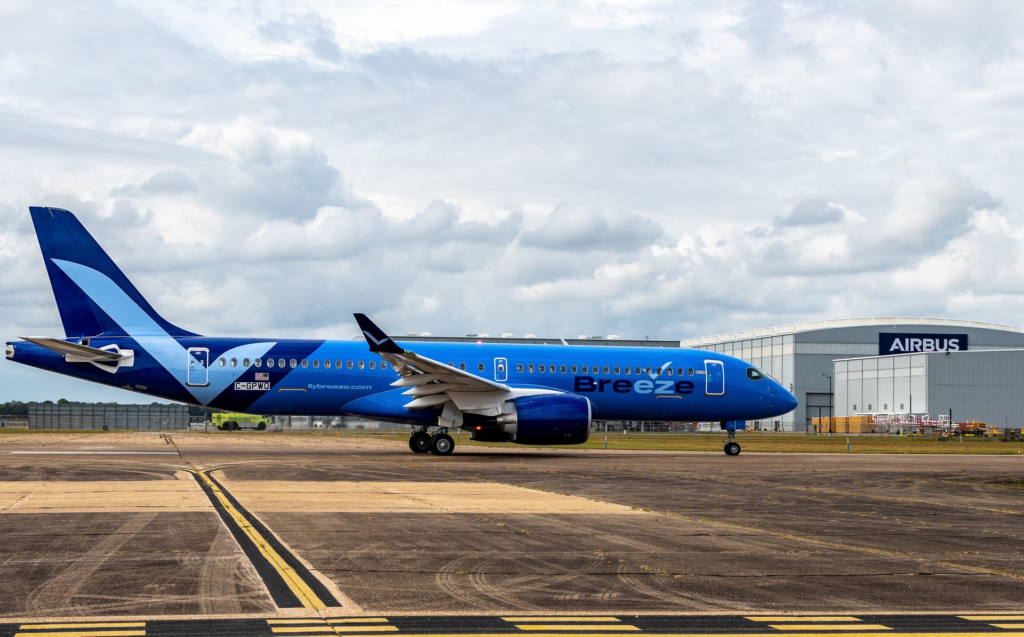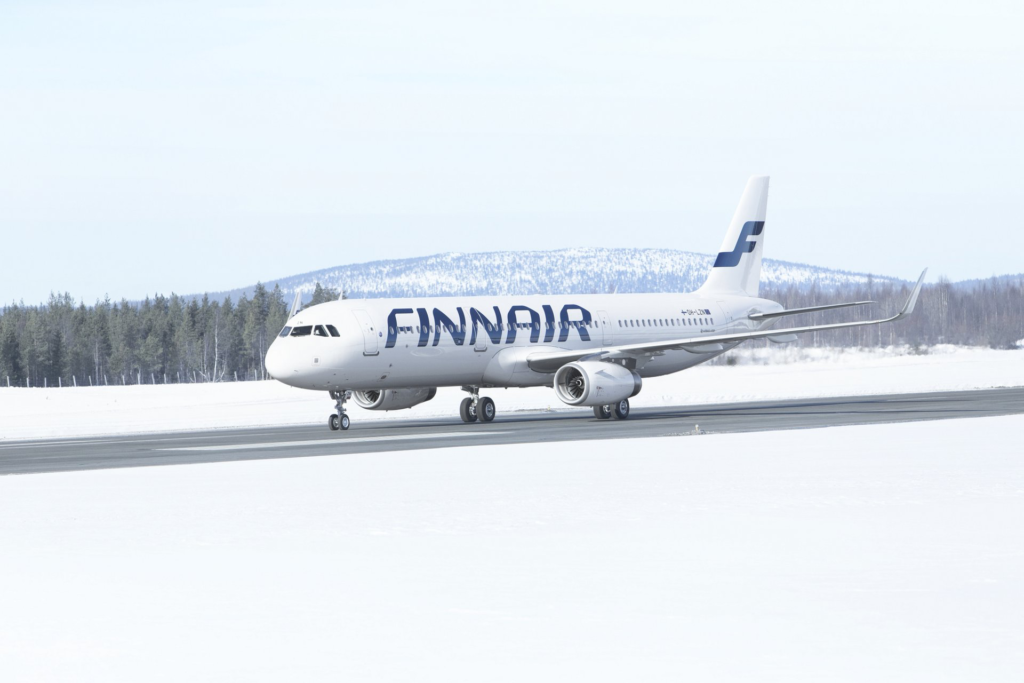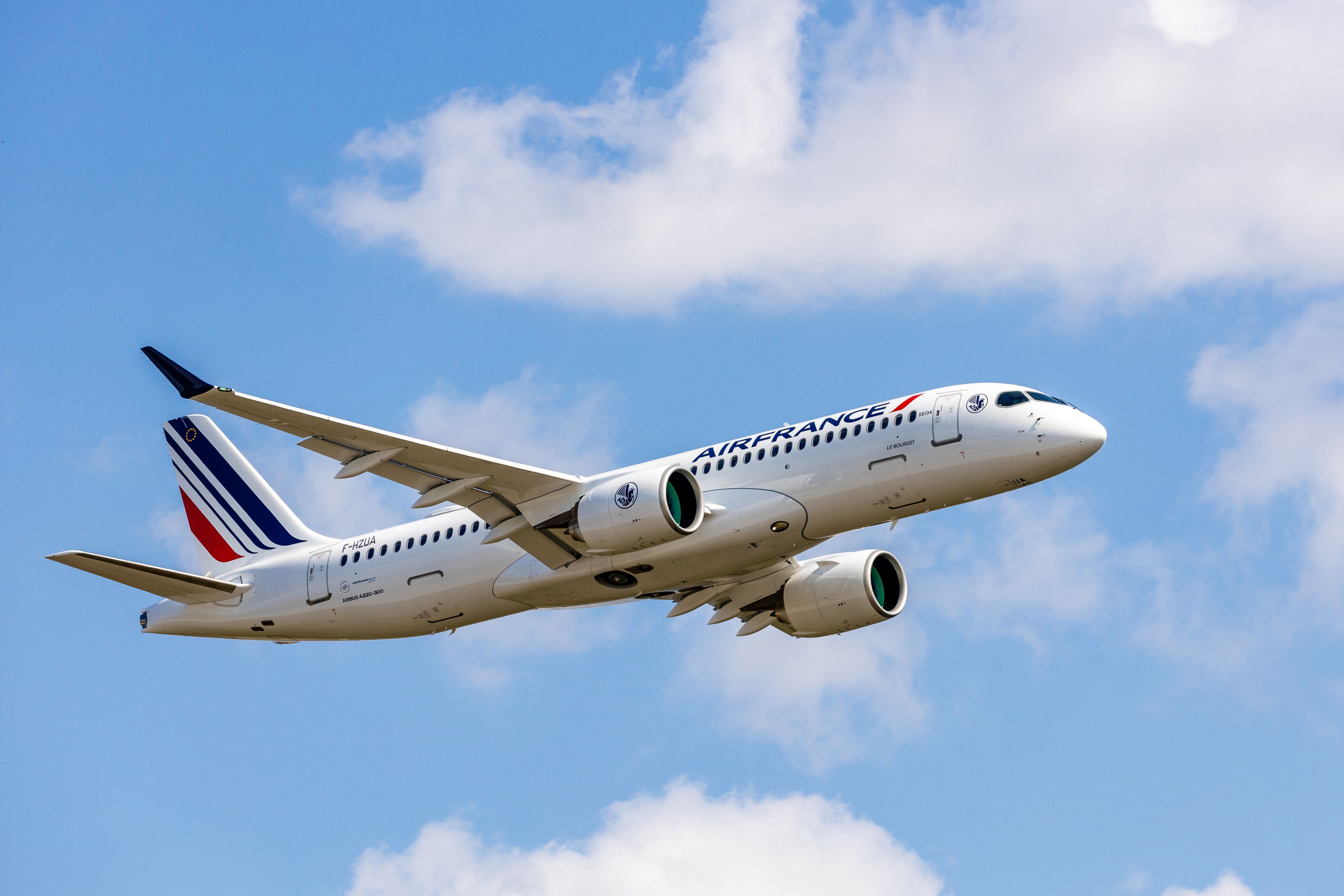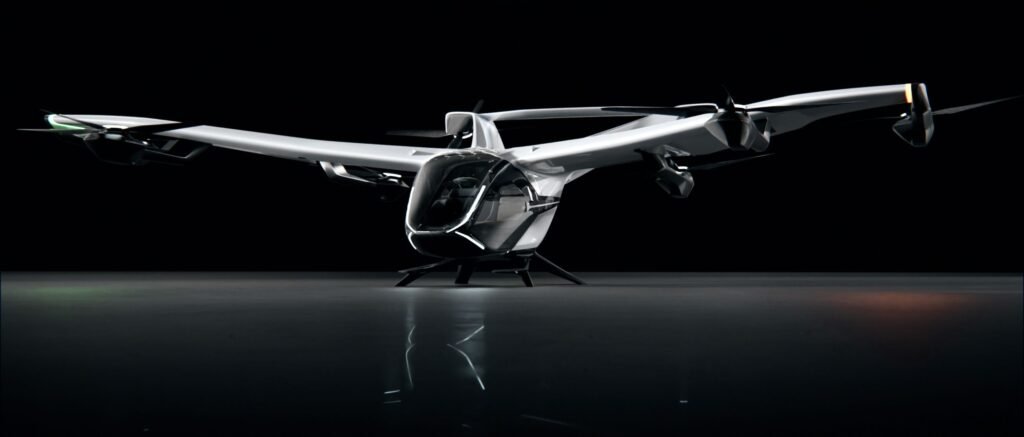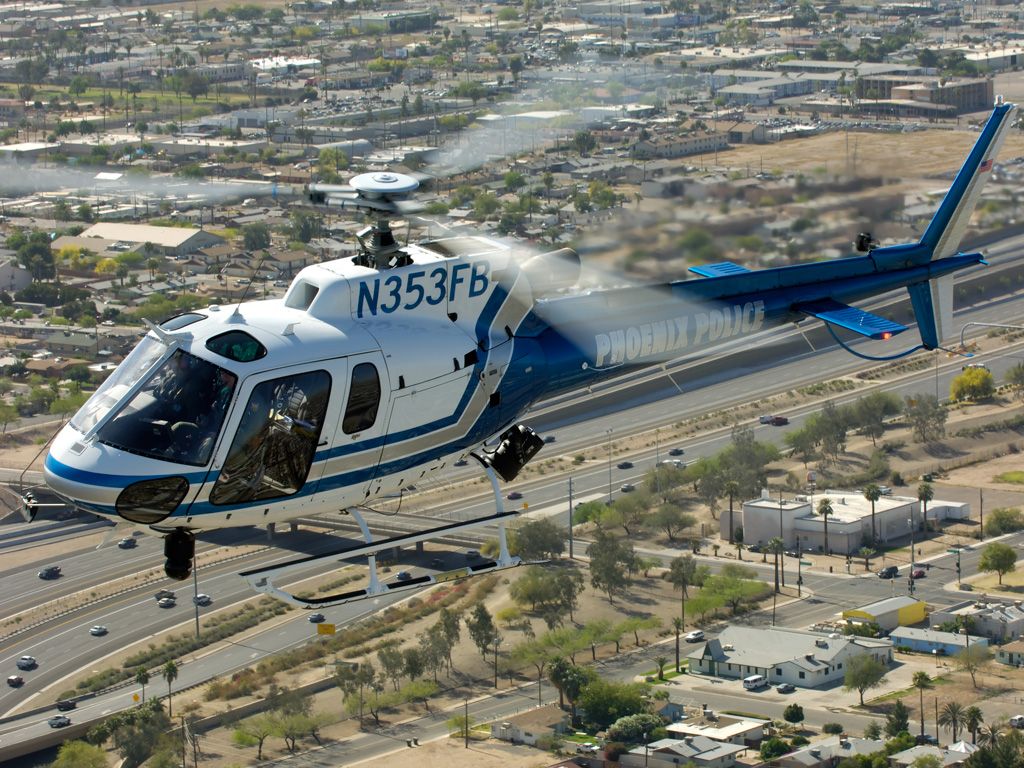Vietjet Selects Rolls-Royce TotalCare to Support Trent 700 Powered A330 Aircraft
Vietnamese airline Vietjet Aviation will operate Rolls-Royce (OTC: RYCEY) Trent 700 engine-powered Airbus A330 aircraft in its fleet. As part of the airline’s strategic fleet decision, these will be the first widebody aircraft to join…
